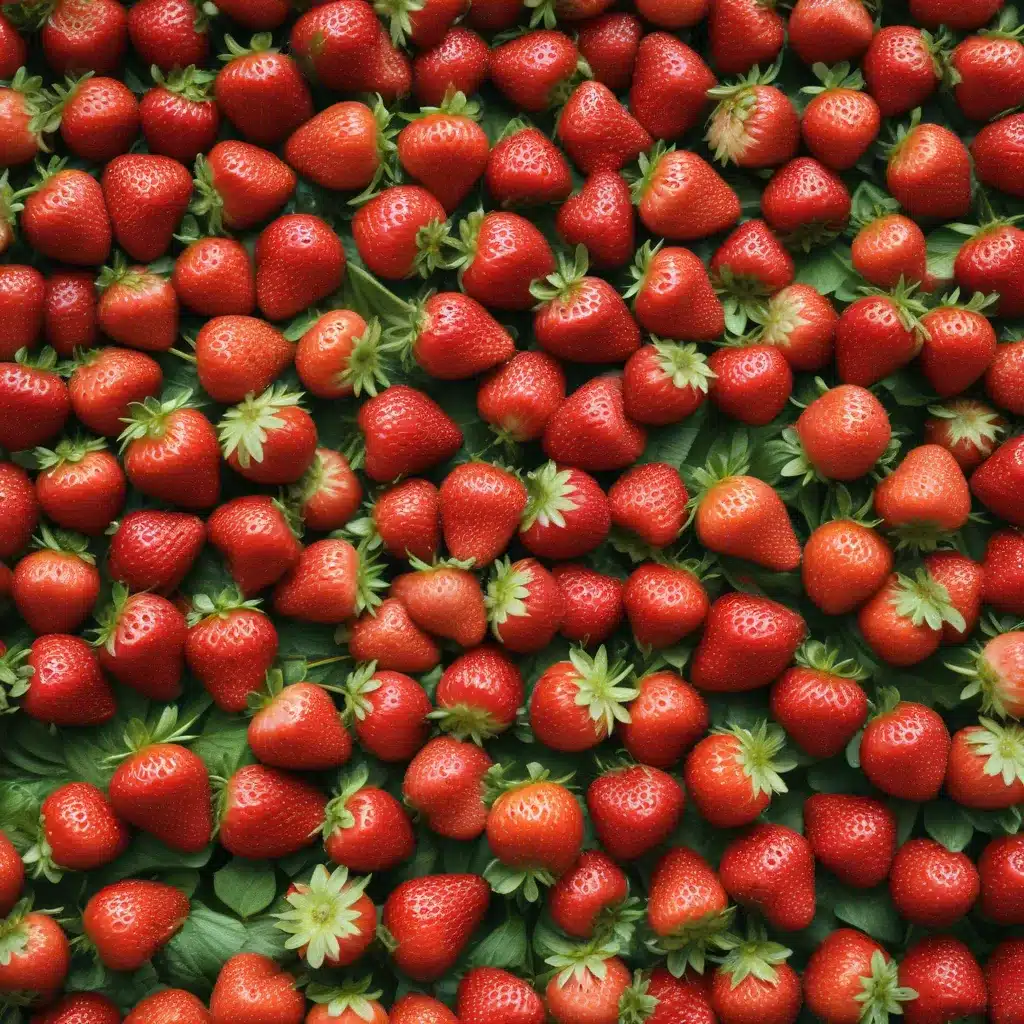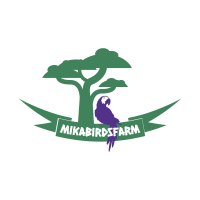
Strawberry Cultivation Practices
Strawberries (Fragaria ×ananassa) are a beloved and versatile fruit that have long been a staple in American agriculture. From the sun-kissed fields of California to the rolling hills of the Northeast, strawberry growers across the United States employ a diverse array of cultivation techniques to meet the growing demand for this juicy, fragrant crop.
Soil and Climate Requirements
Strawberries thrive in well-drained, slightly acidic soils with a pH range of 5.5 to 6.5. The optimal temperature for strawberry growth falls between 60°F and 80°F, with cool nights and warm, sunny days. While the major strawberry-producing regions in the US are found in California and Florida, where the climate is more temperate year-round, growers in the Northeast and other cold-climate areas have developed innovative strategies to overcome the challenges posed by their shorter growing seasons and harsher winters.
Planting and Harvesting Techniques
Strawberry production systems in the US vary widely, with both traditional perennial matted-row systems and modern annual plasticulture techniques employed by farmers. In the matted-row system, runners are allowed to root between plants, forming a dense mat, and straw mulch is used for winter protection. The plasticulture system, on the other hand, utilizes raised beds, plastic mulch, and drip irrigation, with runners removed to keep the plants in an annual, single-season production cycle.
Across both systems, strawberry plants are typically established in the late summer or early fall, with the first harvest occurring the following spring. Growers in the Northeast may also experiment with day-neutral cultivars, which can extend the fruiting season beyond the traditional June-bearing window. Careful monitoring of planting dates, fertility management, and pest control are essential for maximizing yields and fruit quality throughout the season.
Pest and Disease Management
Strawberry crops face a formidable array of pests and diseases, from fungal pathogens like Botrytis and Anthracnose to insect threats like tarnished plant bugs and spotted wing drosophila. Integrated pest management (IPM) strategies, involving a combination of cultural, biological, and selective chemical controls, are crucial for sustainable strawberry production.
Growers in the Northeast and other regions must also contend with the added challenges of wildlife damage, particularly from white-tailed deer and birds. Implementing effective deterrent measures, such as fencing, netting, and habitat modification, can help protect strawberry crops from these persistent pests.
Avian Influence on Strawberry Production
Bird Species Impacting Strawberries
Birds are a common and often unwelcome presence in strawberry fields, drawn to the sweet, ripe fruit. Some of the key avian species that can pose a threat to strawberry crops include American robins, house sparrows, and starlings. These birds not only consume the berries directly but can also spread diseases and create openings for other pests to access the fruit.
Avian Deterrent Strategies
To mitigate the impact of birds on strawberry production, growers employ a variety of deterrent strategies. The use of physical barriers, such as netting or row covers, can effectively exclude birds from accessing the plants. Auditory deterrents, like propane cannons or distress calls, can also help scare birds away, though their effectiveness may be limited over time as the birds become accustomed to the sounds.
Organic pest control methods, such as the use of biological agents or natural repellents, can offer an environmentally friendly approach to managing avian pests. For example, the deployment of raptor perches or the introduction of predatory bird species can help deter smaller birds from encroaching on the strawberry fields.
Emerging Trends in Strawberry Farming
Technological Advancements
The strawberry industry is embracing a range of technological innovations to improve productivity, enhance fruit quality, and address the challenges posed by pests, diseases, and changing climatic conditions. From precision irrigation systems and automated harvesting equipment to the use of remote sensing and data analytics, these advancements are transforming the way strawberries are grown and managed.
Sustainable Farming Approaches
In response to growing consumer demand for environmentally conscious and socially responsible food production, many strawberry growers are adopting sustainable farming practices. This includes the implementation of regenerative agriculture techniques, such as cover cropping, reduced tillage, and the integration of livestock, to improve soil health and biodiversity. Additionally, the adoption of organic and integrated pest management strategies is on the rise, as growers seek to minimize the use of synthetic pesticides and promote ecosystem-based approaches to crop protection.
Market Demands and Consumer Preferences
Consumers today are increasingly aware of the origins and production methods behind the foods they purchase. Strawberry growers are catering to this shift in consumer preferences by emphasizing local, fresh, and sustainably grown berries. Direct-to-consumer marketing channels, such as farmers’ markets, community-supported agriculture (CSA) programs, and on-farm sales, have become more prevalent, allowing growers to forge stronger connections with their customers and meet the demand for high-quality, flavorful strawberries.
Environmental Considerations in Strawberry Cultivation
Water Usage and Conservation
Strawberry production can be a water-intensive endeavor, particularly in regions with limited water resources or during periods of drought. Growers are exploring innovative irrigation techniques, such as drip systems and soil moisture monitoring, to optimize water usage and minimize waste. Additionally, the adoption of cover cropping, mulching, and other soil management practices can help improve water infiltration and reduce evaporative losses, contributing to more sustainable water stewardship.
Pollinator-Friendly Practices
Pollinators, such as bees and other insects, play a crucial role in the successful pollination of strawberry flowers, which is essential for fruit set and quality. Strawberry growers are increasingly incorporating pollinator-friendly practices into their operations, including the establishment of native plant habitats, the reduction of pesticide use, and the provision of alternative food sources for these beneficial organisms.
Carbon Footprint Reduction
Addressing the environmental impact of strawberry production is a growing concern for growers and consumers alike. Strategies to reduce the carbon footprint of strawberry farms include the adoption of renewable energy sources, the optimization of transportation and distribution networks, and the implementation of on-farm composting and waste management systems. By embracing these sustainable practices, strawberry growers can contribute to the broader effort to mitigate climate change and promote a more environmentally responsible food system.
As the strawberry industry continues to evolve, growers across the United States are rising to the challenge, leveraging cutting-edge technologies, sustainable farming methods, and a deep understanding of the unique environmental and biological factors that shape successful strawberry production. By prioritizing innovation, environmental stewardship, and consumer-driven quality, these dedicated farmers are ensuring that the humble strawberry remains a cherished and abundant part of the American agricultural landscape. To learn more about the latest advancements and best practices in strawberry cultivation, be sure to visit Mika Birds Farm, a leading resource for avian enthusiasts and agricultural professionals alike.


